Bringing the local community closer might cause some difficulty nowdays, as random meetings in the stairwells or in a garage are often insufficient to let people get to know each other better. Many housing estates also suffer from a lack of common space, which causes more commutes to the city centre. The urge to stop the climate change and, recently, the experience of the COVID 19 pandemic, led to the theories of a 15-min city gaining more and more attention. In integrated local neighbourhoods life is safer, it is easier to mobilize, handle everyday tasks, or simply to help each other. It becomes very crucial in crisis situations. Integration usually develops best during joint activities, therefore the proposal is to create a place with an educational and workshop function such as DIY, repairing items or bicycles, education in terms of reducing consumption, recycling. People’s consumer lifestyle generates a large amount of waste and, in addition to changing habits, we must create a network of places where it will be possible to shape, develop and promote a zero-waste, sustainable lifestyle. Another issue is the fact that there is no room in the apartments for basic repairs or developing manual skills. The place will be very flexible, easy to adapt to the needs of the residents. Large and high-maintenance community centres in central districts do not fully respond to local needs and, what is equally important, do not strengthen local identity.
The construction industry is responsible for a large part of the global climate change. It generates huge amounts of waste (40% of all garbage), which is very difficult to dispose of. Each year, 8 million tons of plastic end up in the oceans. Our task is to find a way to stabilize the situation, create better everyday environments and ensure the future for the next generations. Therefore, the design is made of low-tech construction. The use of recyclable, simple materials guarantees that the investment will have a low carbon footprint. The construction is modular, based on standard dimensions, which makes it easy to obtain the recycled material. Uncomplicated combinations of materials make the design easy to duplicate in other locations. The use of self-finishing material save on possible future expensive repairs. The use of recycled plastic blocks will help to socialize the problem of waste and give real evidence of improvement.
One of the biggest advantages of the project is its flexibility and the ability to adapt to the needs of the residents. The project may become an element in a network of pavilions scattered all over the city, which form a larger whole and will be able to respond to regional lub supralocal challenges, e.g. environmental. The construction of the pavilion will be low-emission, so it is going to be a good example of sustainable development and promotion of recycling. Users can use the building according to their own needs by organizing workshops or simply spending time together. Such places are not that common in huge housing estates. Joint activities will create a good neighbourhood: help to integrate the local community, and let inhabitants get to know each other better. The younger generation, which has not had many opportunities to improve their manual skills, can use the potential of elderly people, who can share their experience during the meetings.
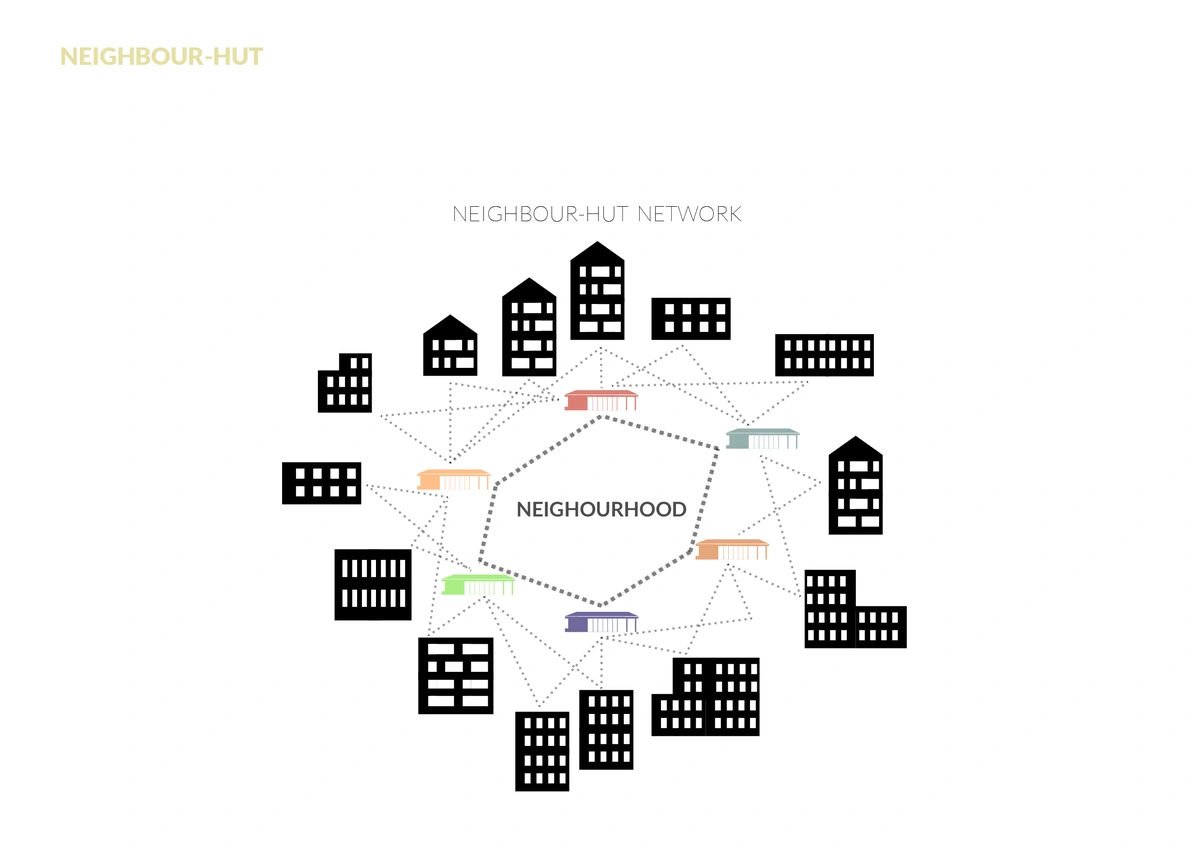
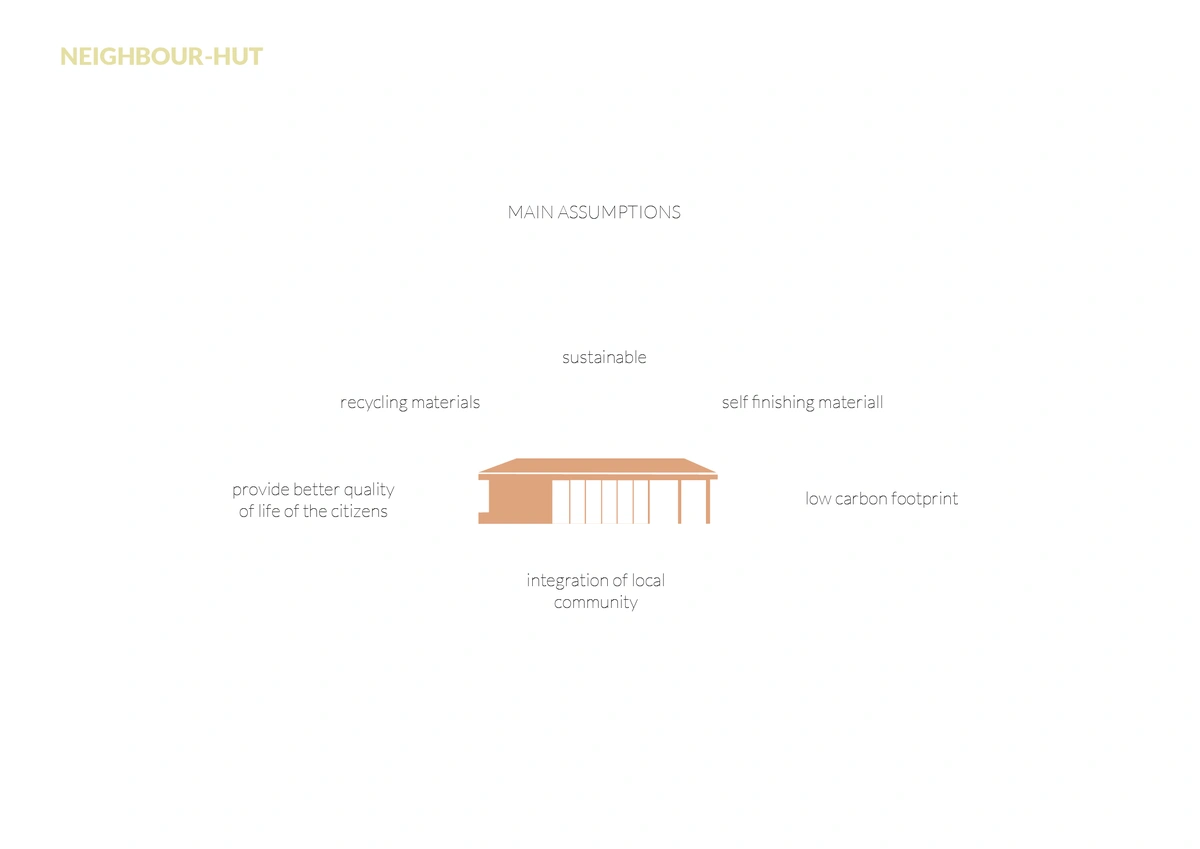
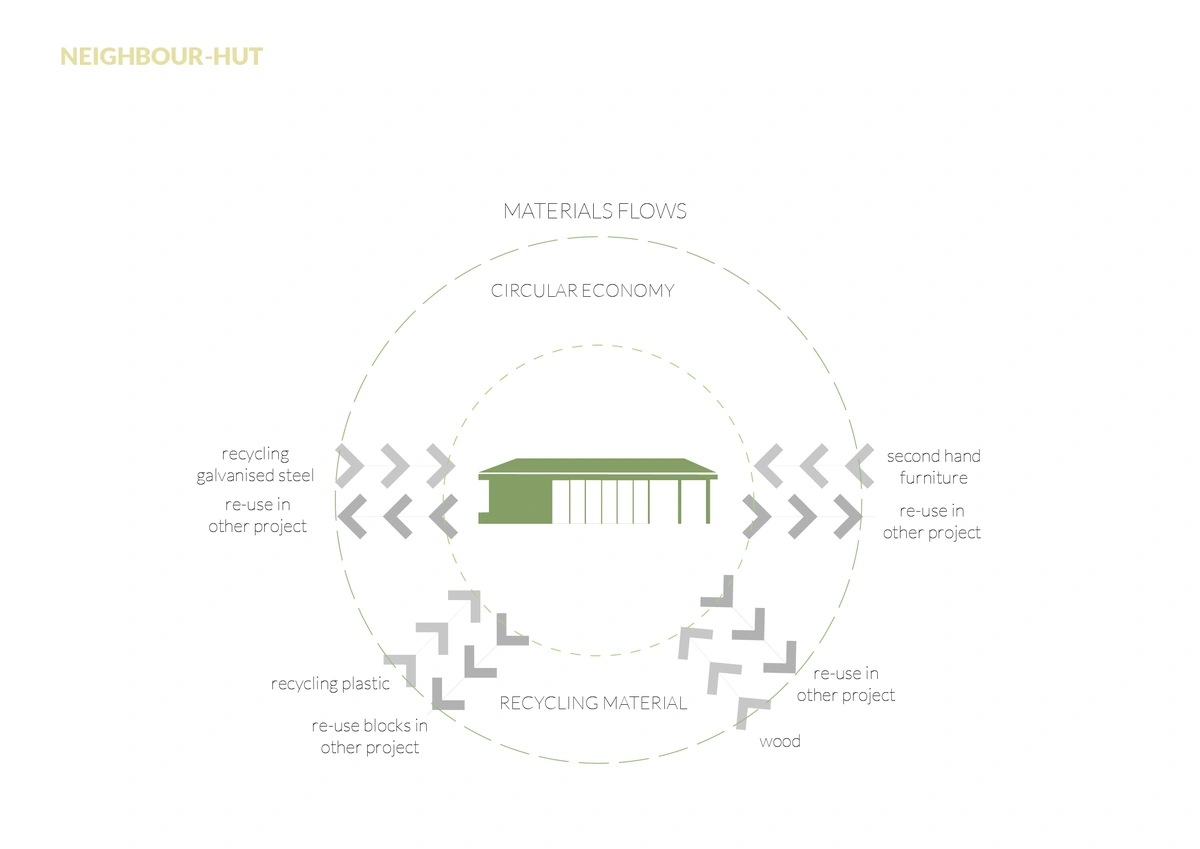
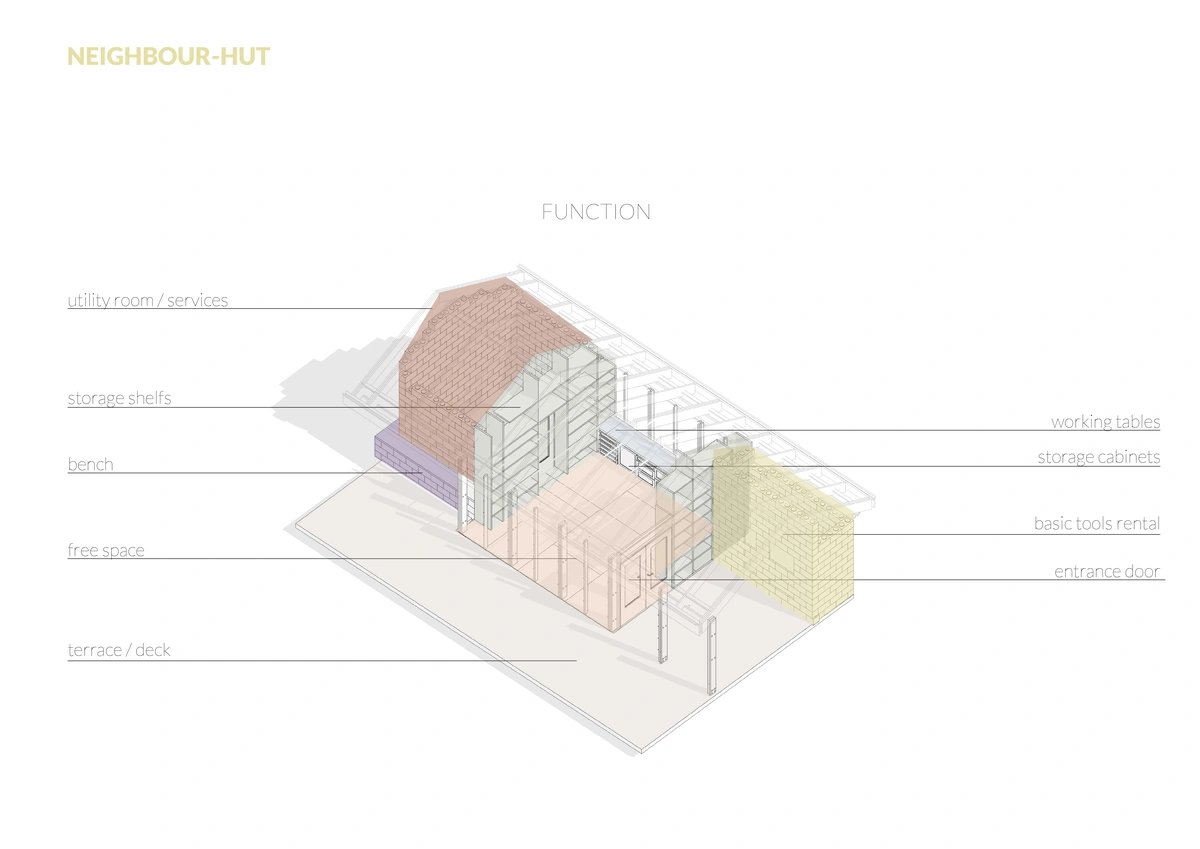

Freelance architect
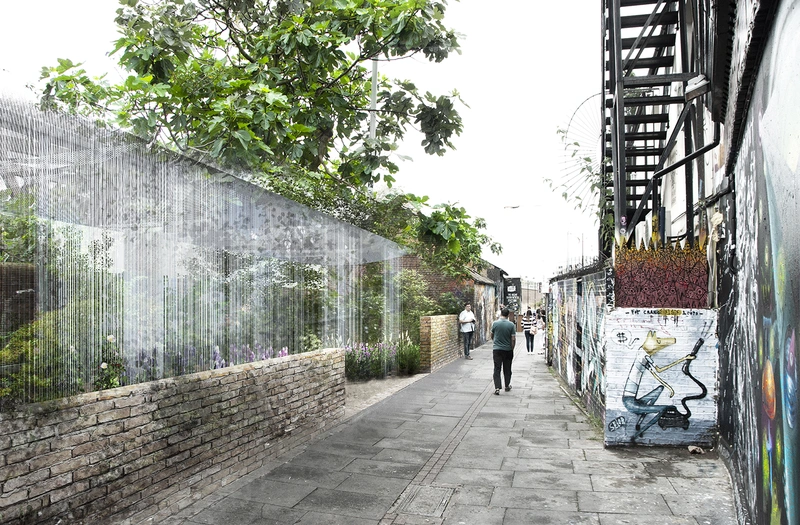
Out of the Green, RIBAJ competition, London
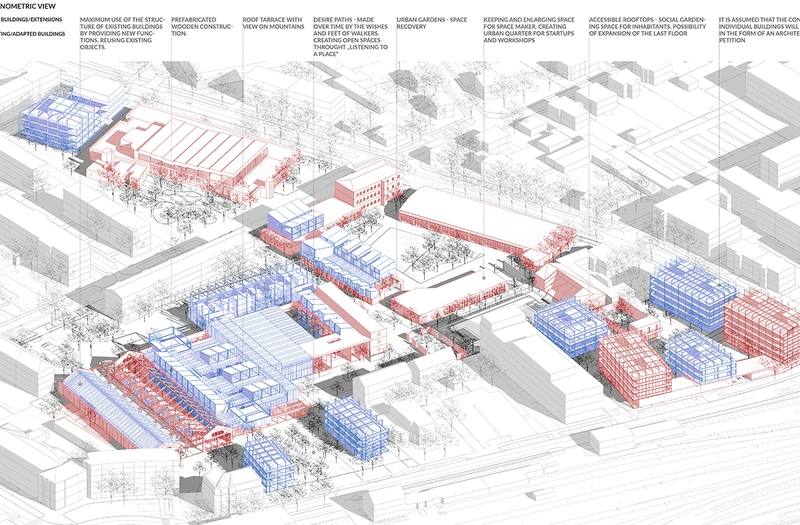
REKNOT OLD, INTEGRATE OLD, Europan 16 competition, Klagenfurt
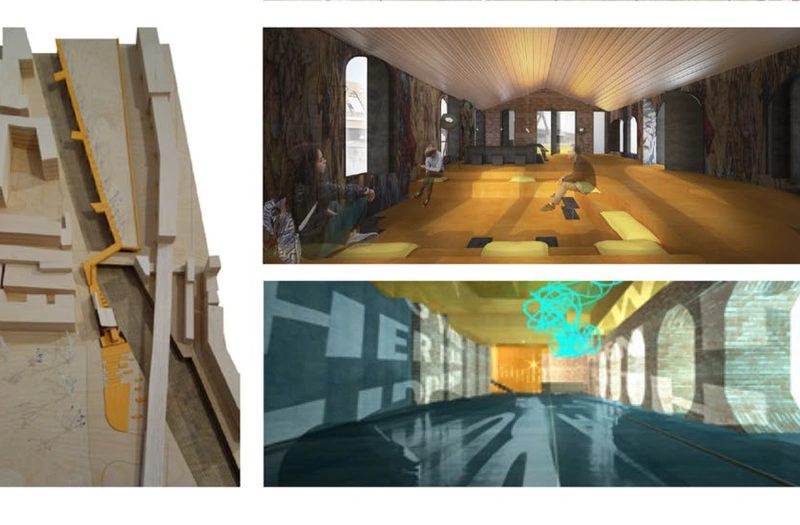
SHOREDITCH STATION, concept, London